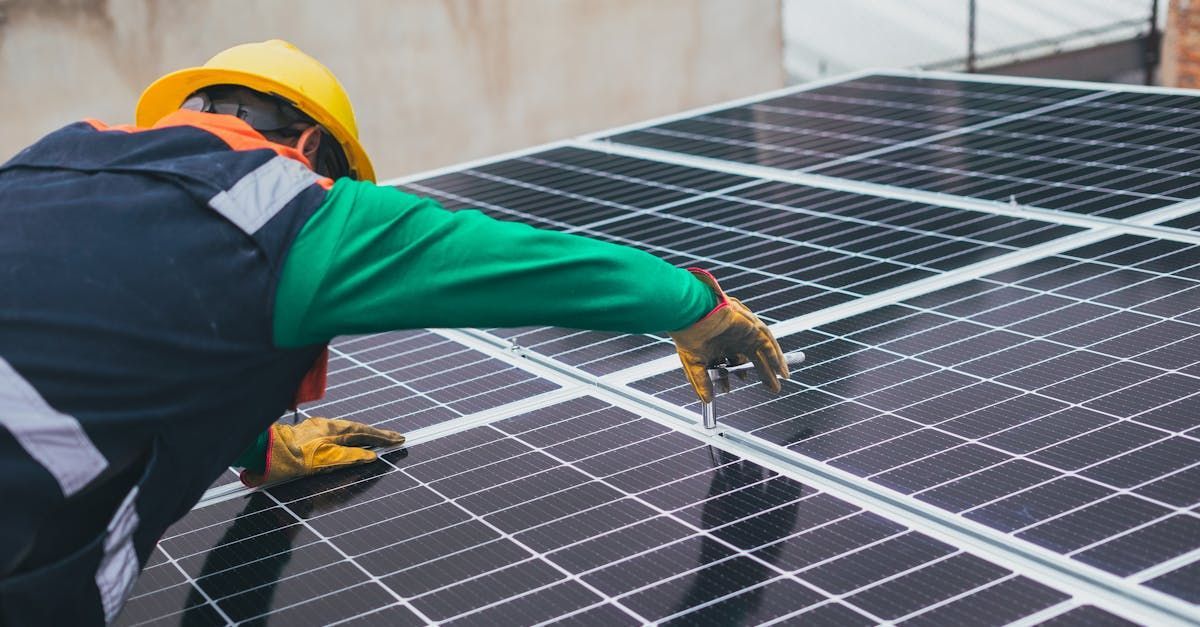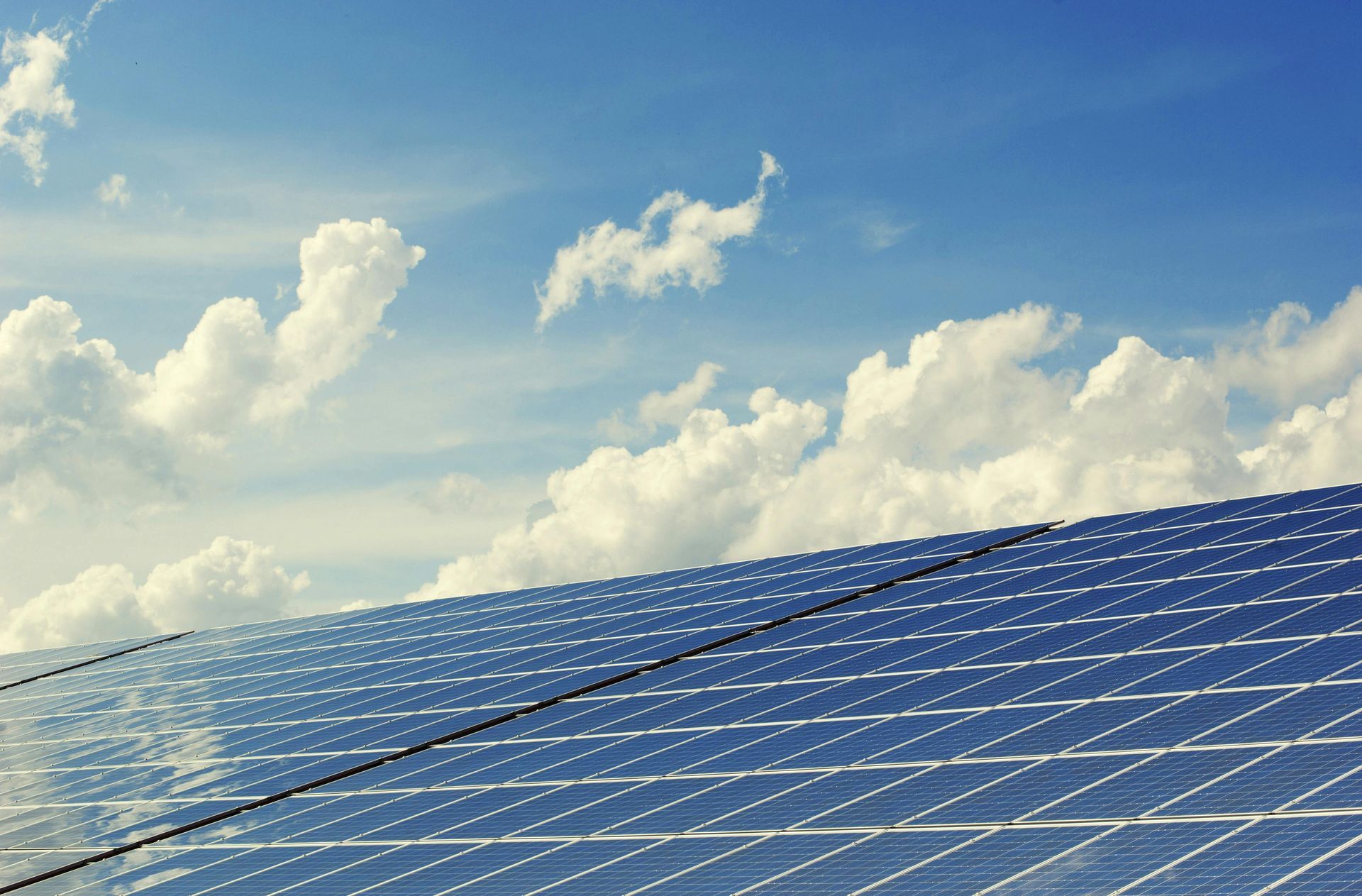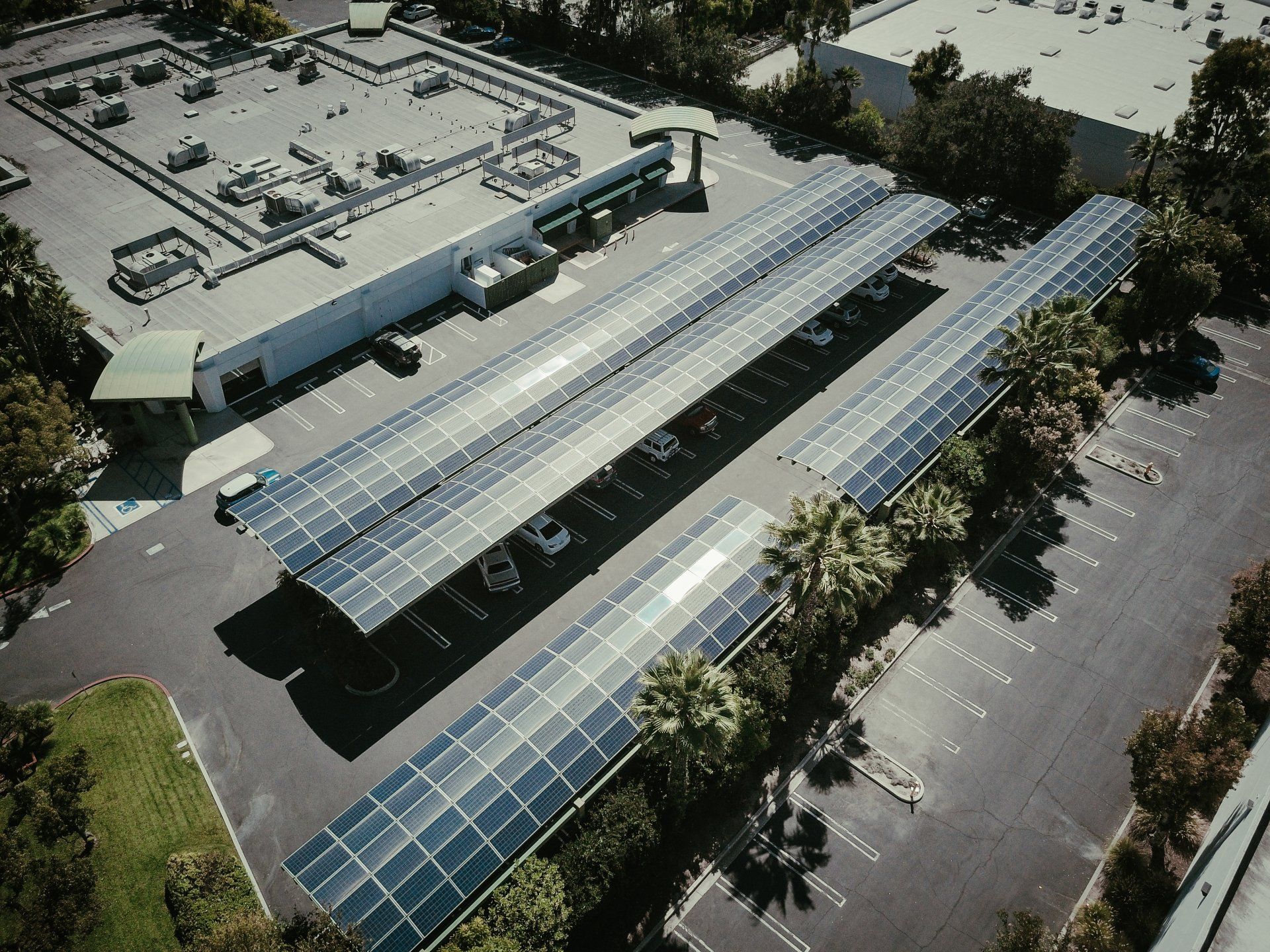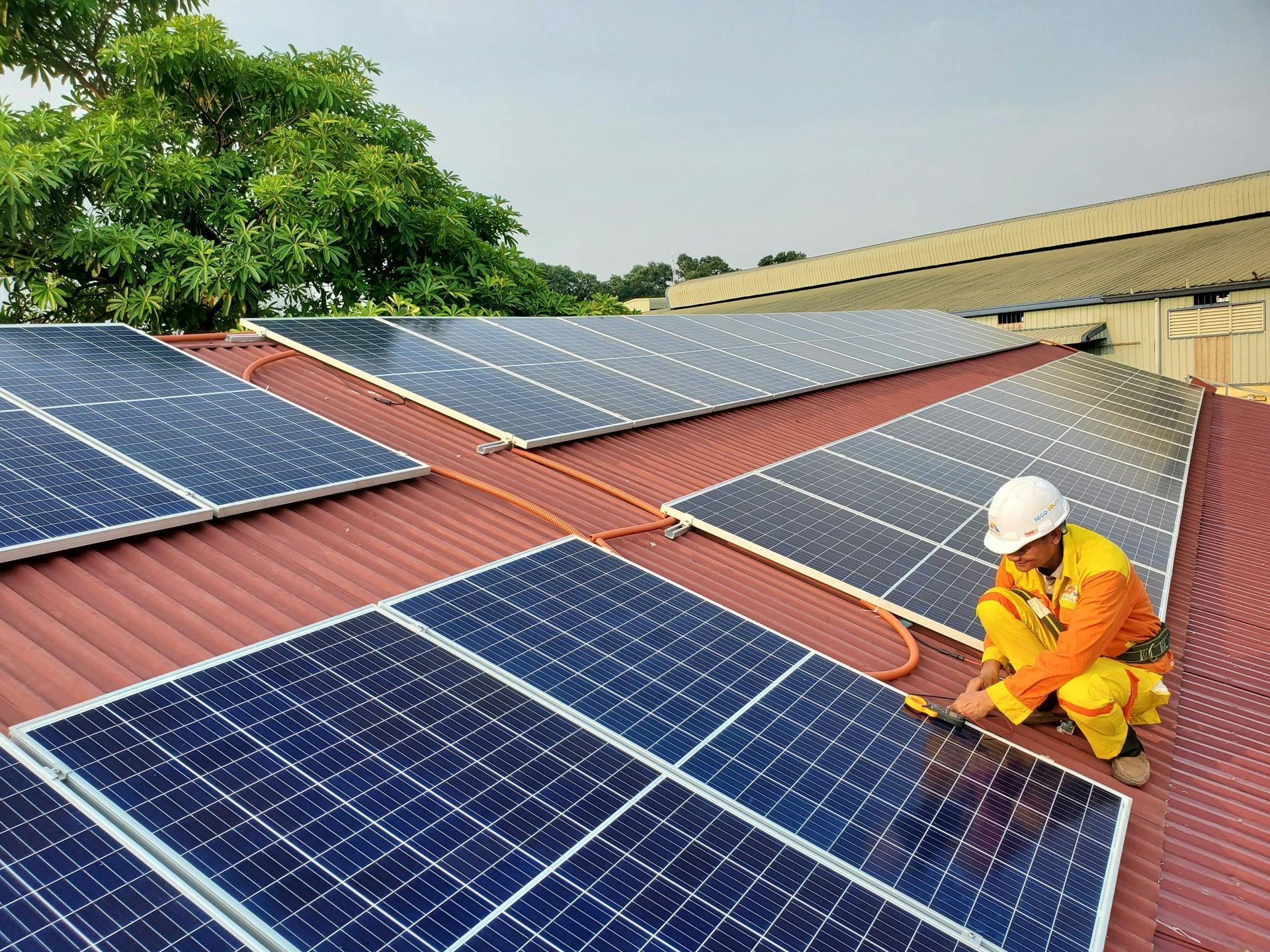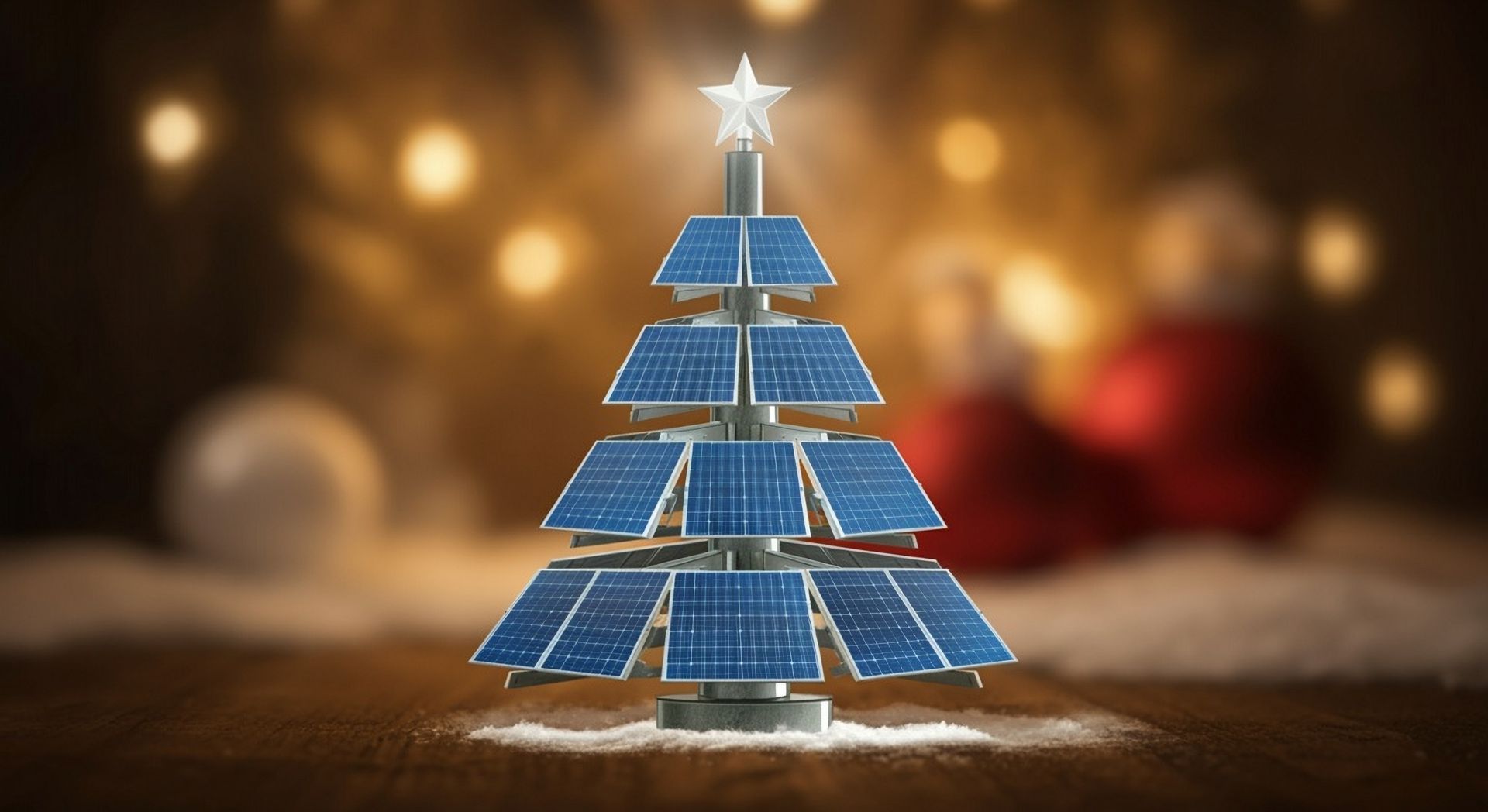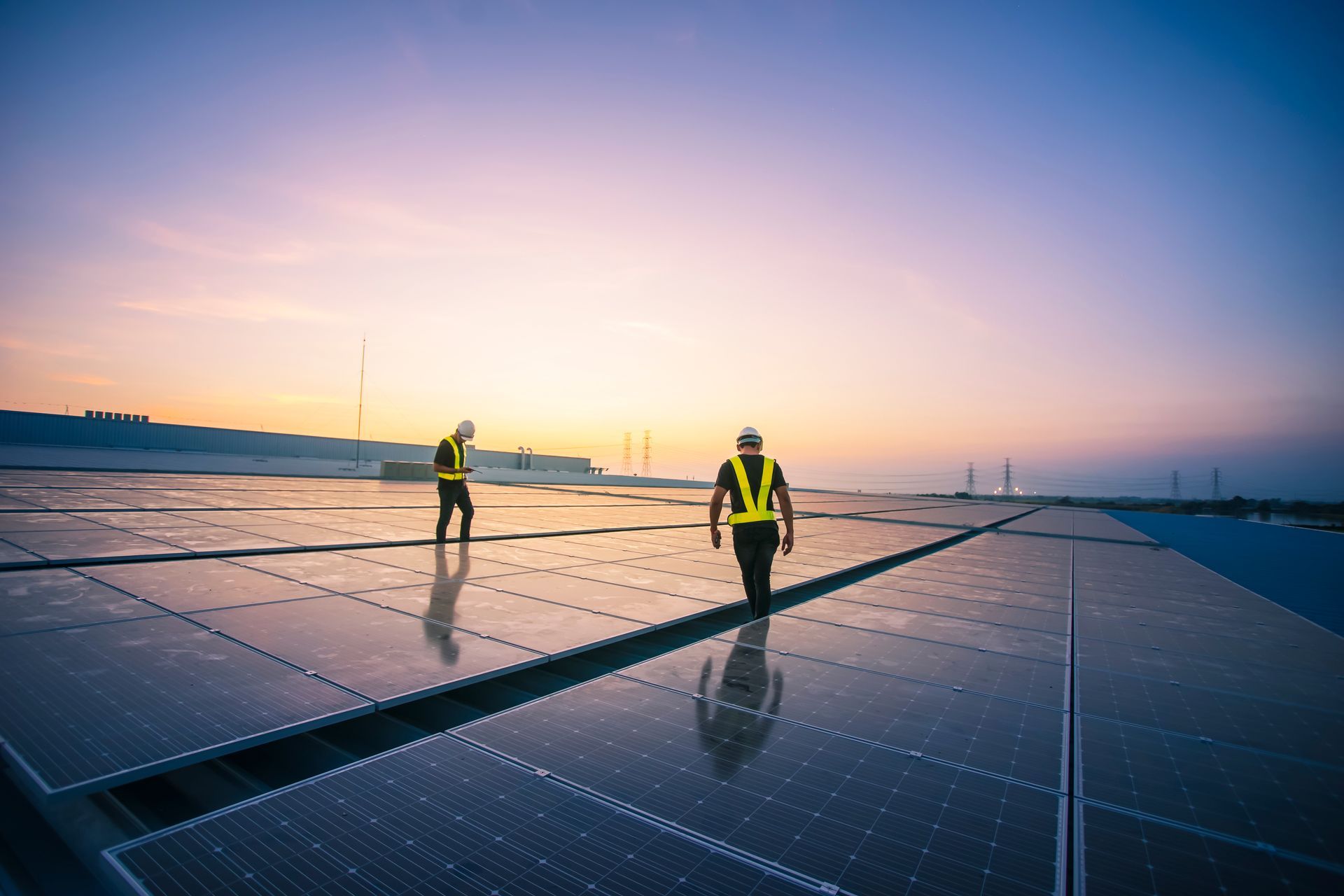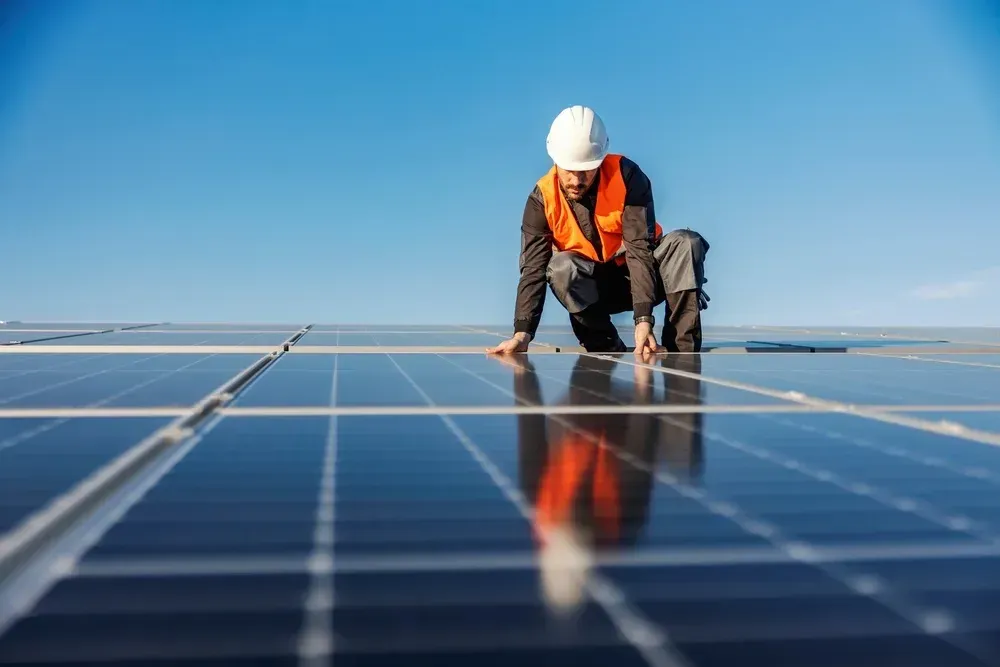Operation and Maintenance of Solar Panels:
A Guide for Commercial Projects in Ireland
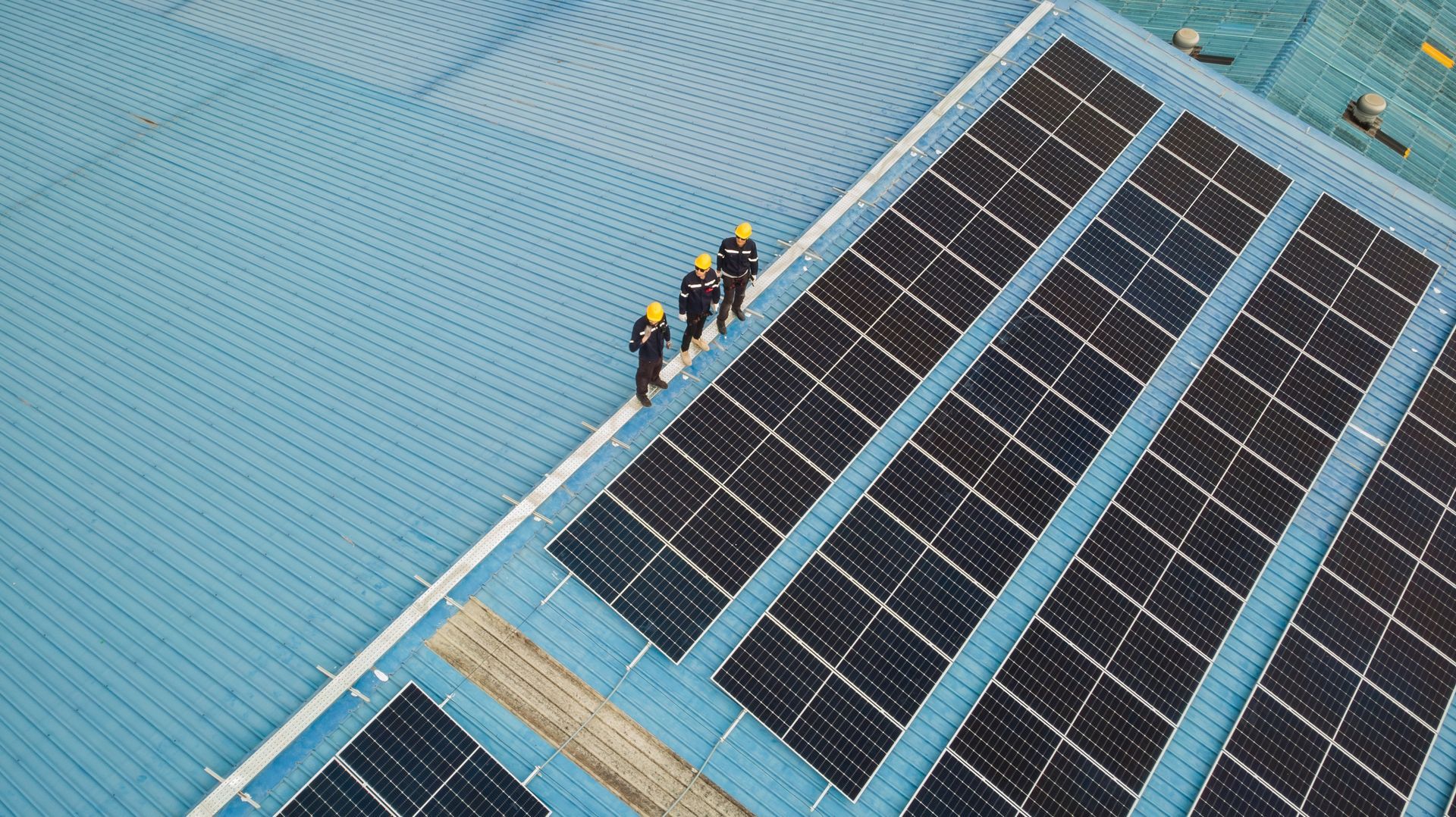
As solar energy becomes increasingly popular, understanding the operation and maintenance (O&M) of solar photovoltaic (PV) systems is crucial for ensuring long-term performance and reliability. Whether you're installing rooftop or ground-mounted solar panels, keeping your system well-maintained is essential for maximising energy production and extending the lifespan of your investment. We’ll delve into the costs associated with O&M, key questions to ask your installer, different types of maintenance costs, and best practices for cleaning and upkeep.
Understanding Operation and Maintenance Costs
O&M costs can vary significantly based on several factors, including the size of the installation, type of panels used, and the specific conditions of your site. Here are the primary categories of O&M costs to be aware of:
- Routine Maintenance Costs: These are regular checks and minor repairs to ensure optimal performance. Typical services might include:
- Visual inspections
- Testing of electrical connections
- Monitoring system performance
- Preventive Maintenance Costs: More extensive than routine maintenance, this includes scheduled tasks aimed at preventing issues before they arise. This might involve:
- Cleaning panels
- Replacing inverters or other components
- Electrical system checks
Corrective Maintenance Costs: This covers unexpected repairs due to system failures or damage. It can include:
- Component replacements
- Repairing wiring or connections
- Emergency service calls
Questions to Ask Your Installer
Before choosing an installer, consider these critical questions to ensure you understand the O&M plan:
- What does your maintenance plan include? Ensure you have a clear understanding of what services are covered under their maintenance agreement. What training or expertise do the technicians have? Is inverter maintenance covered - it should be! O&M costs are more than just about cleaning your solar panels for maximum performance. While there are no moving parts, there is still room for wear and tear and this needs to be mitigated through your O&M plan.
- What are the estimated annual O&M costs? Get a detailed breakdown of the expected costs so you can budget accordingly. Understand what might happen to incur extra charges - however unlikely!
- How often will the system be inspected and cleaned? Knowing the schedule can help you plan for downtime and associated costs. Understanding if you’ve any responsibilities within this schedule is important too.
- What kind of warranty or guarantee do you offer for your maintenance services? This can protect you against unforeseen issues and provide peace of mind. This might be linked to installation - around warranty for parts. Solar panels typically have a lifespan of 35-40 years, at which point they are operating at about 80% original capacity. Solar PV is still a relatively new commercial offering so it’s important organisations plan for the future of their investment and ensure that their installer is future facing too.
- How proactive will your installer be? Who is responsible for noticing any issues? Is your installation monitored by your provider or is this something you’ve undertaken in-house? This will assume different costs. Also, is there a call out fee if you’ve queries that can’t be answered remotely.
- If you’ve opted for a Power Purchase Agreement, is this cost included?
Types of Operation and Maintenance Costs
O&M costs can generally be categorised into two main types:
- Fixed Costs: These are predictable expenses that remain constant over time, such as:
- Routine inspections
- Basic cleaning services
- Variable Costs: These can fluctuate based on system performance and unexpected issues. Examples include:
- Repairs due to wear and tear or environmental factors (e.g., storms)
- Costs associated with component replacement
Does your installer monitor your solar performance and will they flag any issues? You can expect to pay for this service. As all solar installations now come with monitoring software, you might decide to do this level of analysis inhouse and alert your installer if you have any queries. It might be more economical for your provider to provide this as a full service solution as they can future proof issues for your organisation and they learn from a wider community of users and service users.
Similar to having a car for which you might book an annual service, you would expect extra costs if there is a breakdown or issue in between services. You would also expect your car dealer to alert you to any wider market issues or recalls that could impact you.
Cleaning Frequency and Best Practices
Regular cleaning is vital for maintaining optimal performance, especially in Ireland where weather conditions can affect panel efficiency. Here are some best practices:
- Frequency: Panels should typically be cleaned at least once a year, or ideally twice. Depending on your environment, such as areas with significant dust, bird droppings, or other debris, more frequent cleaning may be necessary.
- Method: Technicians should use soft brushes and non-abrasive cleaning agents. Avoid high-pressure washing, as it can damage panels.
- Timing: Clean panels early in the morning or late in the evening when temperatures are cooler to prevent water spots and damage.
And Finally!
Investing in solar panels is a significant step toward sustainability and energy independence. However, understanding the ongoing operation and maintenance needs is just as crucial. By being proactive and informed about O&M costs, asking the right questions, and adhering to a regular cleaning schedule, you can ensure that your solar PV system operates efficiently for many years to come.
For tailored advice or to discuss your solar panel installation further, feel free to reach out to us. Let’s work together to make the most of your solar investment! Contact Kale@ShannonEnergy.com
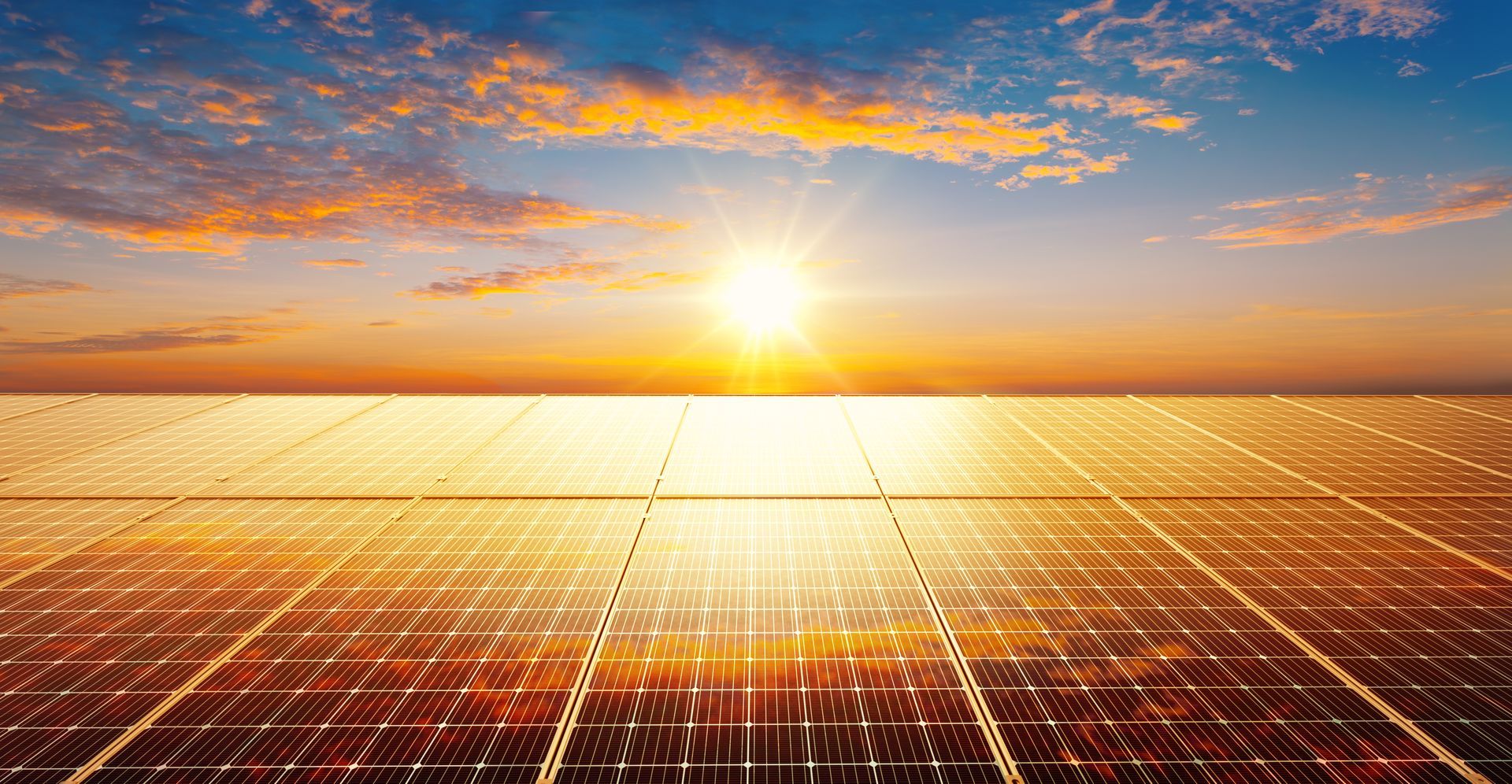

All Rights Reserved | Shannon Energy

